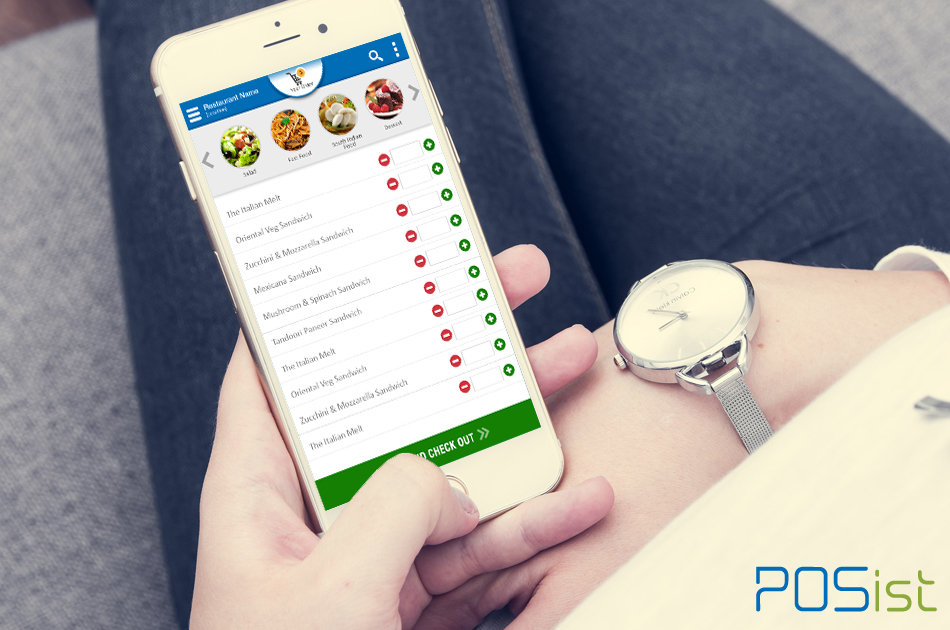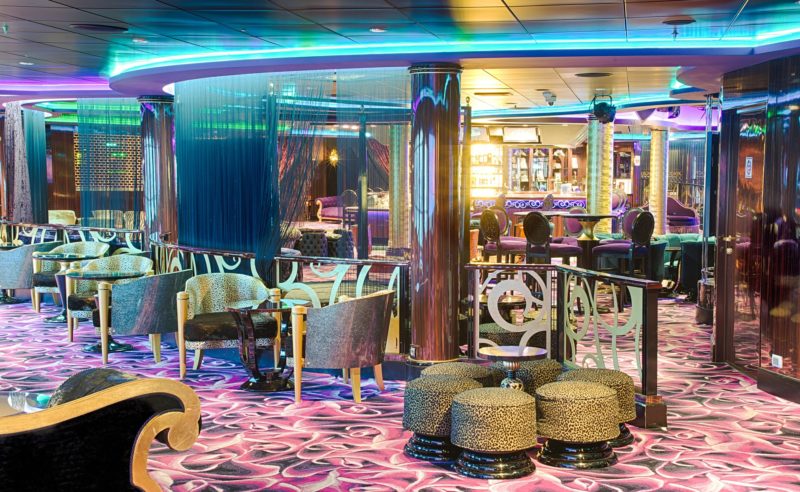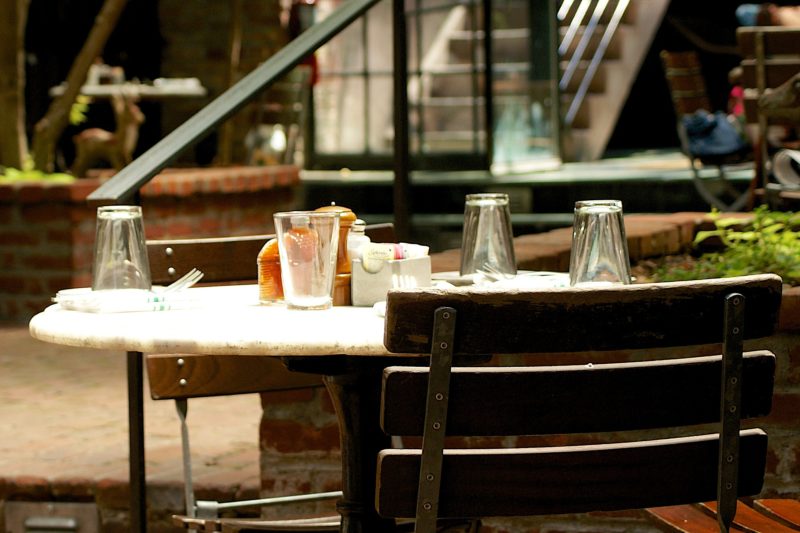Themed interiors, unmatchable marketing, and extremely heavy discounts are some new tactics for restaurants to increase their sales and making sure they stay in front of their competitors. To please the customers, even more, food delivery has now become an essential part of almost every restaurant, big or small. With the startup wave hitting the country, a lot of food delivery startups emerged that allowed customers to order food online and also provided a fleet of delivery boys to the restaurants to have their orders delivered, making lives of both the restaurateurs as well as the customers easier.
Except, that it is not as easy as it looks and sounds.
Major Challenges in Restaurant Food Delivery
There are a number of obstacles that make it difficult for restaurants to run their food delivery operations. Let us look at them in detail, below.
1. Choosing a Logistic Partner
For restaurants that are not taking online orders on their own, and are depending on the food tech companies, the first thing to do is to choose a logistics partner. A number of factors need to be considered, as it is your restaurant’s impression that is on the line. If your delivery partner delivers the food later than the designated time or the food reaches the customer cold or in damaged conditions, it is your restaurant that has just lost a customer.
Since you have to deal with the consequences of late and damaged deliveries, choosing a delivery partner which has a history of good reviews from other restaurants is a good bet. An established logistic partner will cost a little more but will ensure that your food reaches on time.
2. High Costs
A lot of food delivery startups are charging hefty fees for every delivery they do. The fees can go up to 30 percent of the food delivered, which can prove to be very expensive for new and emerging restaurants or restaurants with not a huge margin on their food items. Since the delivery boys have to be paid a good sum of money, these delivery start-ups keep on increasing the fees to keep up their profits, leaving the restaurants in losses.
These are a result of costs incurred by the delivery companies such as vehicle and oil costs, maintenance costs, salaries of delivery boys and other equipment costs. Most companies deal in partial payment per order, so you can be sure a part of your capital will go to the logistics company.
3. Online Orders
Food Delivery is more or less dependent on the number of orders you get (unless you run a completely offline restaurant) and to set up and online ordering gateway some capital needs to be invested which might be a lot for new and upcoming restaurants.
While the food tech company may have their own mobile application and website through which people can order from your restaurant, you should have your own order gateway as well. Get your own online ordering gateway made from scratch, or get in touch with a solutions partner which can get your product made at affordable cost.
4. Tracking of the Orders
Tracking of the food set out for delivery is an integral point if the food delivery business. If the order is taking too long to be delivered, customers start getting disgruntled.
Tracking the delivery boys is very important as it gives you a clear idea of the time taken to deliver the food, and also keeps the customers from getting impatient as they can view the status of their orders. It is also a good idea to provide the delivery boys with a GPS that would help them to reach the destination easily. Making sure the delivery boys behave in front of the customer and talk calmly to the customer while on call is very important as well.
Conclusively, online ordering and food delivery is the need of the hour today. The logistics company that you choose becomes the face of your restaurant in front of many customers who tend to order online, and a bad investment can dip your sales very quickly. Read this article to increase the online orders for your restaurant business.


















